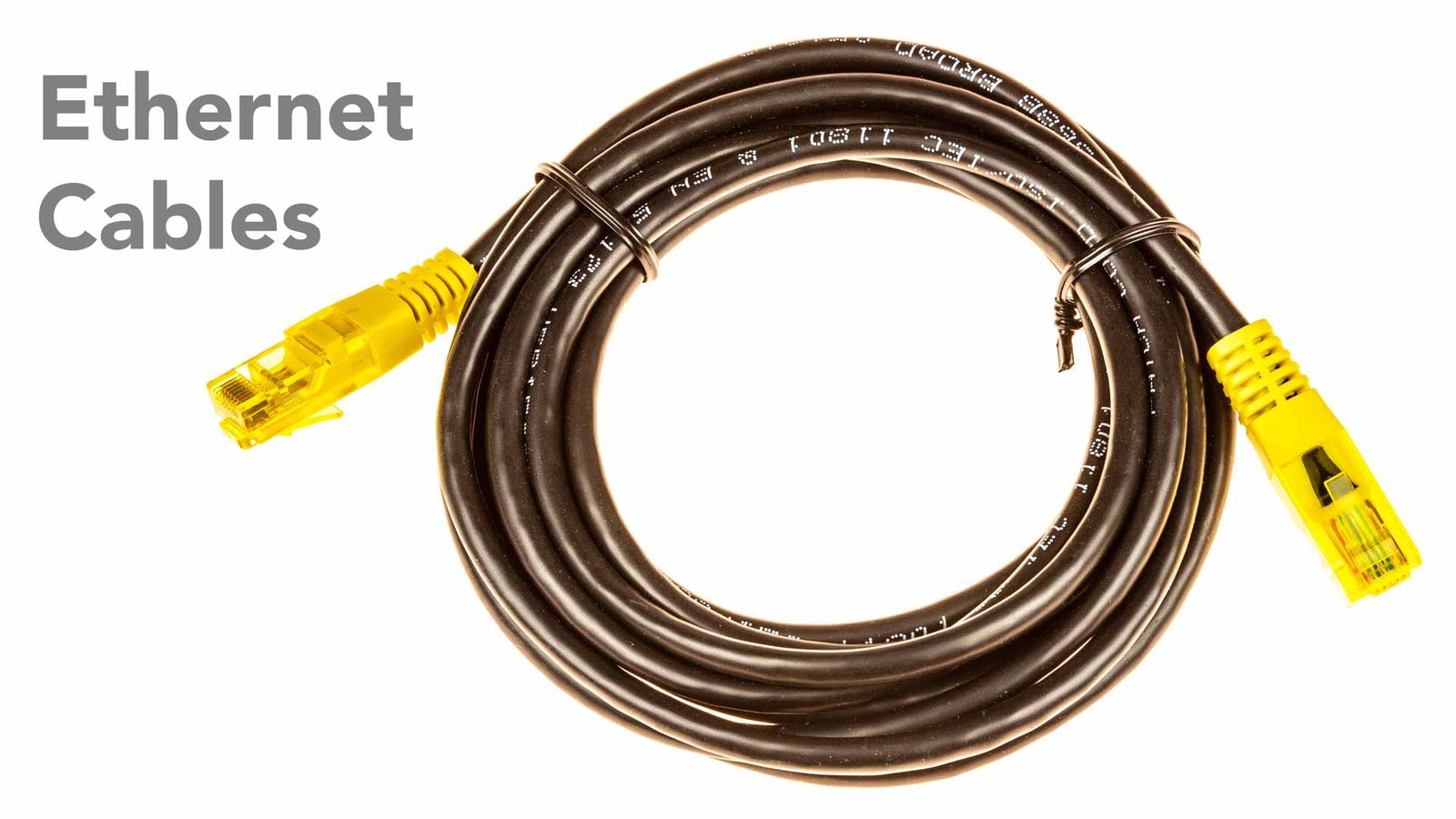If you want to know which cable you need without going overboard, this article will help you figure it out. We will explain what shields are and why you may or may not need them. Before using Ethernet cables, it is necessary to know about their types and functions. It allows you to pick the right one for your specific need. We can divide these cables into two categories: shielded and unshielded. When you prepare to buy Ethernet cables, choose between STP and UTP cables.
Contents
STP:
In a shielded twisted pair, a shield is made from copper tape and a layer of copper polymer. There are different shieldings like foil and braided, etc. There are also various ways of shielding. Foil twisted pair (FTP), shielded twisted pair (STP), and screen shielded twisted pair (SSTP) are of them. These shields can apply to the cables individually or in pairs.
STP cables are ideal for high-speed networks. It works by attracting interference to the shield, then running it off to a grounded cable. If something improperly ground the cable, then the noise from this cannot be compromised.
UTP:
Unshielded twisted-pair cables have a pair of wires twisted together, then those wrapped wires in tubing with no other protection. UTP seems to be very popular among many cables. We can use UTP cables for LAN networks. We can use them for voice, low-speed data, high-speed data, and control systems. We can use UTP systems in both horizontal and backbone cabling systems.
Usually, the foil is folded around each twisted pair of wires in the Ethernet cable. So it will prevent the twisted pair from any pollution and cross-talk. For more protection, sometimes they also add a foil shield as an inner layer of the cable. All Ethernet cables are shielded except for cat6.
CAT:
The cat is known for the category. In Ethernet cable, there are different categories of cats like cat5, cat6, and many more.
The rule is that the higher number represents faster speed and high frequency in MHz. Also, long Ethernet cables have a slower speed of transmission. That’s why it has different ranges.
CAT6: Cat6 Ethernet cable is a cost-effective option for electrical labs and smart-home installations with the potential for better speed and less cross-talk. Though it is more costly than cat5 still cat6 cable is more reliable.
Cat6a: Cat6a offers less signal loss and larger bandwidth. If you’re looking to set up a good Ethernet network, cat6a is the right choice.
Cat7: We used cat7 for cabling infrastructure with gigabit Ethernet cable. The cat7 Ethernet cable is the perfect Ethernet cable for your PlayStation 4(PS4).
CAT7a: It only recommended Cat7a Ethernet cable for RJ45. Cat7a offers a high frequency and excellent performance, but it doesn’t increase the bandwidth. The 7a standard is designed to support 40 Gigabit Ethernet connections up to 50 meters.

